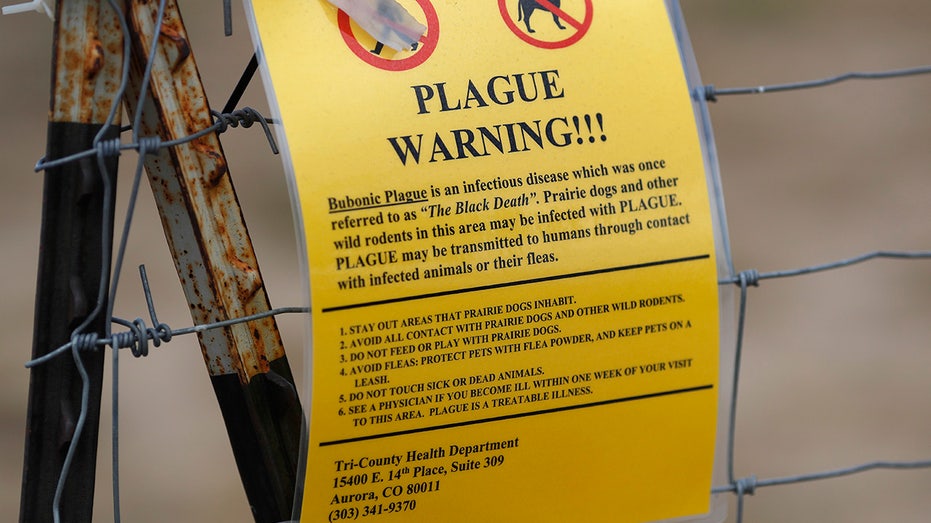A resident of Coconino County, Arizona, has died from pneumonic plague, marking the first fatal case in the area in nearly 20 years. Local health officials confirmed that the victim, who has not been publicly identified, succumbed to the disease, which is known to affect the lungs and is considered the most severe form of plague.
The last recorded death from pneumonic plague in Coconino County occurred in 2007. Health authorities emphasize that cases of the plague are relatively rare in the United States, with only about seven diagnoses reported annually, primarily in the western states.
Pneumonic Plague Overview and Transmission
According to the Centers for Disease Control and Prevention (CDC), pneumonic plague is most commonly found in rural regions of northern New Mexico, northern Arizona, southern Colorado, California, southern Oregon, and western Nevada. This disease typically results from flea bites from infected wild rodents, but it can also spread through contact with infected animals or, in some cases, through the air from person to person.
While pneumonic plague has a notorious history, particularly during the Black Death in the 14th century, modern medicine has made it treatable with antibiotics. The Cleveland Clinic notes that pneumonic plague leads to severe pneumonia and respiratory failure, underscoring the seriousness of the infection.
Current Context and Historical Significance
Pneumonic plague is a reminder of a disease that once decimated populations in Europe. The Black Death is estimated to have killed millions, significantly impacting the course of European history. Today, awareness and medical advancements have transformed the outlook for those infected.
Despite its historical significance, pneumonic plague remains a public health concern, particularly in areas where it is endemic. The Arizona Department of Health Services has not yet issued a statement regarding this latest case, but local officials are likely to reinforce awareness efforts to prevent further infections.
As this incident highlights the ongoing presence of such diseases, health authorities continue to monitor and educate the public about the risks associated with zoonotic infections, which can emerge from wildlife populations.
